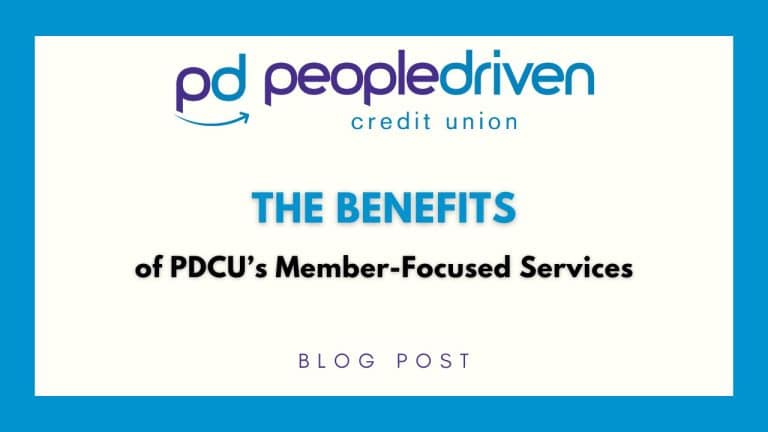High-yield savings accounts stand out from traditional savings accounts because they reward you with a higher interest rate, allowing your money to grow even faster as it sits in your account. These accounts’ interest rate is noted as APY or annual percentage yield.
Your questions about High-Yield Savings Accounts answered:
What Is a High-Yield Savings Account?
According to the FDIC’s National Rates and Rate Caps, a high-yield savings account can pay up to 10 to 12 times the national average of a standard savings account.
Traditionally, people have held a savings account at the same bank where they keep their checking account for easy transfers. But with the rise of online banks and as more traditional banks use online accounts, the competition on savings rates has skyrocketed, creating a new category of “high-yield savings accounts.”
How Do Online Savings Accounts Work?
First, you must apply to open an account with the bank of your choice—ideally, one that you have researched and found meets your personal needs.
To open an account, you’ll need to fill out an online application and provide required personal information, such as your name, address, and Social Security number. Once approved and the account is opened, you can begin to fund it.
One way to put funds in or transfer funds out of your online savings account is to link the account to another of your checking or savings accounts and transfer funds electronically. Most banks use a test process to confirm that the link between your other account and the new savings accounts is working and secure, often transferring a small deposit back and forth. Some online banks also accept personal checks that are sent by mail.
In addition, you can set up an automatic connection to regularly deposit a set portion of your paycheck—or transfer a specific amount from your checking account—electronically into the savings account.
How Do I Earn Interest on My Account?
Once you have funds in your account, interest will be compounded according to your bank’s compounding schedule. Earned interest will then be deposited into your account, typically on a monthly basis. You can continue to deposit funds into your account or withdraw funds if and when you’d like. Note that some banks limit the number of withdrawals you can make in a month. Savings accounts are not meant for everyday spending. You likely won’t receive a debit card or checkbook for your account. Specifics depend on the bank.
Did you Know — Interest Rate Hikes Mean Better Interest Rates for You? And Vice-Versa.
An increase in the interest rate means it costs more to borrow. However, the rate increases also incentivize banks to increase the interest they pay out on savings accounts and CDs.
Alternatively, interest rates may also decrease quickly. While low rates make it more affordable to borrow money, the APYs on interest-bearing accounts, like HYSAs, may also drop.
Is There a Downside to a High-Yield Savings Account?
Some disadvantages of a high-yield savings account include few withdrawal options, limitations on how many monthly withdrawals you can make, and no access to a branch network if you need it. (PDCU offers five Branch locations and encourages our Members to come in anytime they need assistance.)
Are High-Yield Savings Accounts Safe?
High-yield savings accounts are safe as long as they’re NCUA-insured. The good news is that all the best high-yield savings accounts are NCUA-insured. The NCUA will reimburse you up to $250,000 if your bank goes out of business and cannot pay you back.
Save with Confidence
Open a Money Market Savings Account at PDCU with as little as $1,000. Open a High-Yield Money Market Account at PDCU with as little as $10,000. Learn more about all the accounts offered by People Driven Credit Union by visiting our Account Options page.
Open Your Account with PDCU
Disclosure: This article has been prepared for information purposes only. If you have questions about the matters discussed in this article, please consult your own legal, tax and financial advisors.





